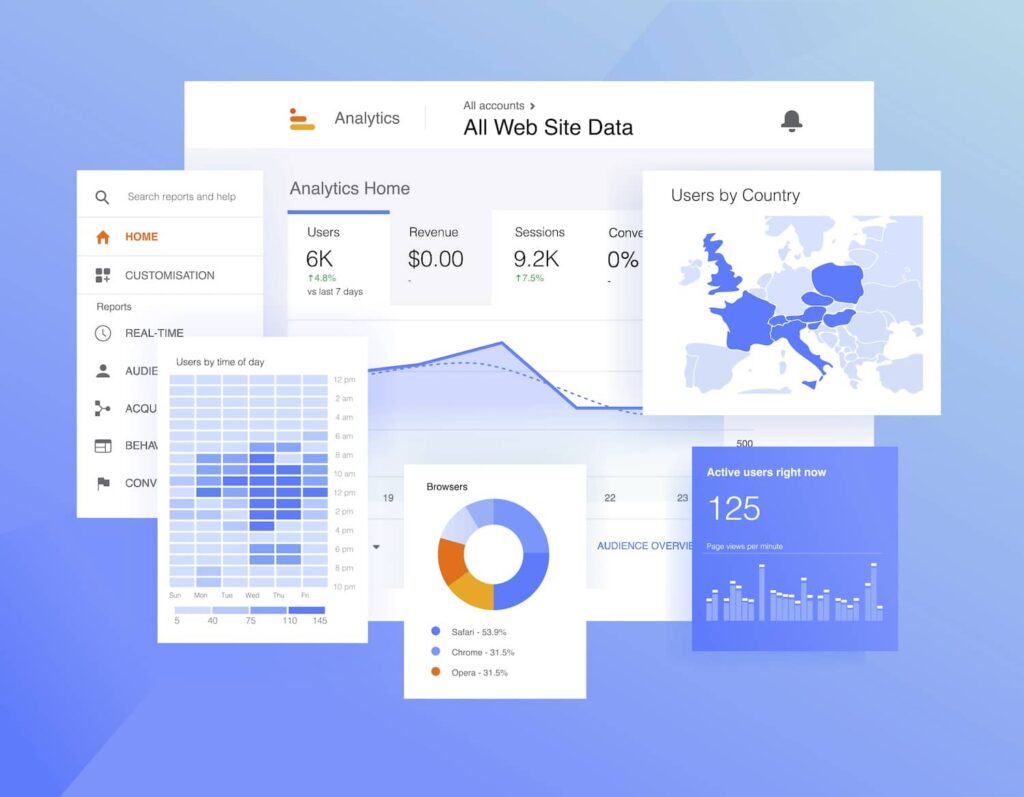Introducing the Influence of Second Dimension in Google Analytics on Data Evaluation and Insights
In the realm of information analytics, the use of secondary dimensions within Google Analytics has emerged as a pivotal device for extracting deeper insights and unraveling facility patterns that may or else stay obscured. By peeling off back the layers of main information sets, secondary dimensions provide a nuanced point of view that enhances the understanding of individual habits, site performance, and the efficiency of advertising and marketing techniques.
Discovering the Concept of Secondary Measurements
Additional measurements in Google Analytics give additional insights by allowing users to analyze primary information along with an additional characteristic. This feature enables an extra comprehensive understanding of the primary information by including an additional layer of info for analysis. By including secondary dimensions, individuals can dig deeper into the data and reveal important correlations that could or else go undetected. By coupling the key data of web site web traffic with second measurements like demographics or behavior, online marketers can gain a more extensive sight of their audience and customize their methods accordingly.
By checking out the various additional dimensions readily available in Google Analytics, users can unlock new understandings and optimize their digital advertising efforts. In significance, secondary dimensions serve as an effective device for boosting information evaluation and driving actionable results.
Enhancing Data Analysis With Secondary Measurements
Having actually developed the foundational understanding of additional measurements in Google Analytics and their pivotal role in information analysis, the focus currently shifts in the direction of leveraging these second credit to improve the interpretation of analytics information (what is a secondary dimension in google analytics). By integrating secondary measurements into data evaluation, analysts can obtain much deeper understandings into customer behavior, internet site performance, and advertising performance

Furthermore, additional dimensions help in contextualizing key information metrics by offering additional layers of details. This contextualization aids in understanding the 'why' behind the information patterns, aiding experts make informed choices and optimizations to improve total efficiency. Ultimately, including additional dimensions enriches the information interpretation process, leading to even more tactical activities and meaningful understandings.
Uncovering Hidden Insights With Secondary Measurements
Exploring the midsts of analytics data with second dimensions discloses useful insights that would certainly or else remain covered. By integrating secondary dimensions in Google Analytics, organizations can discover surprise patterns, patterns, and correlations that supply a more detailed understanding of user actions and site efficiency. These additional layers of information allow analysts to dive deeper into the key dimensions, such as web look at this website traffic resources or landing pages, and get a more nuanced perspective on exactly how various variables communicate with each other.
Through the use of second measurements, analysts can segment and compare information throughout numerous dimensions, allowing them to identify particular aspects that affect user interaction, conversion rates, and general success metrics. By matching the key measurement of 'device group' with the additional dimension of 'age team,' online marketers can pinpoint which age demographics like accessing the site via mobile gadgets versus desktops.
Leveraging Additional Dimensions for Actionable Analytics
Structure upon the understandings revealed through second dimensions in Google Analytics, companies can now harness this enriched data landscape to drive workable analytics and critical decision-making. By leveraging secondary measurements, companies can dig much deeper into their information to draw out valuable patterns, patterns, and correlations that may have formerly gone unnoticed. This much deeper level of analysis enables businesses to obtain a much more extensive understanding of user actions, project efficiency, and total site performance.
One secret advantage of utilizing second dimensions for actionable analytics is the ability to section information based upon details criteria. This division enables services to tailor their campaigns and techniques to different target market groups, causing more targeted and reliable marketing efforts - what is a secondary dimension in google analytics. Furthermore, additional measurements give an even more alternative view of user interactions, allowing organizations to optimize their website content, style, and general individual experience
Making Best Use Of Decision-Making With Secondary Measurements
To boost strategic decision-making in analytics, leveraging secondary dimensions in Google Analytics can provide a more nuanced perspective look here on user behavior and campaign performance. By incorporating secondary dimensions right into data analysis, organizations can dig deeper into the specifics of their site visitors' communications and engagement patterns. This extra layer of info permits an extra comprehensive understanding of exactly how various variables, such as demographics, devices, or web traffic resources, influence vital performance signs.

Final Thought
In final thought, using second dimensions in Google Analytics plays a crucial function in improving data evaluation and uncovering surprise insights. By discovering this idea, one can get a deeper understanding of user behavior and make informed decisions based upon actionable analytics. Leveraging second measurements permits a much more detailed interpretation of data and takes full advantage of the effectiveness of decision-making processes.
